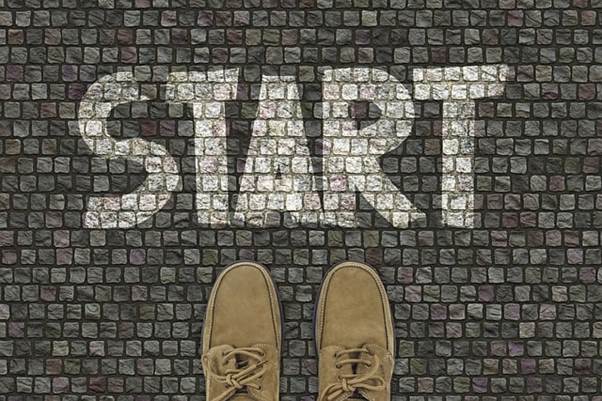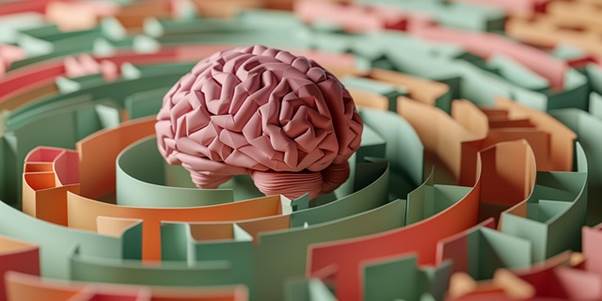Every voluntary action, from lifting a cup of coffee to typing on a keyboard, relies on a sophisticated communication system within the nervous system. This system, known as Motor pathways, carries signals from the brain to the muscles, enabling precise movements and coordination. Without these pathways, even the simplest tasks would be impossible. Understanding how Motor pathways function provides insights into human behavior, medical science, and the treatment of neurological disorders.

What Are Motor Pathways?
Motor pathways are networks of neurons responsible for transmitting movement-related signals from the central nervous system (CNS) to the body’s muscles. They consist of upper motor neurons, which originate in the brain, and lower motor neurons, which connect directly to muscle fibers. Together, they form the bridge between thought and action. Whether performing delicate movements like writing or powerful actions like running, Motor pathways ensure smooth coordination between brain activity and muscle response.
The Structure of Motor Pathways
The human nervous system organizes Motor pathways into two main categories: the pyramidal system and the extrapyramidal system.
- The pyramidal system controls voluntary and fine movements. It includes the corticospinal and corticobulbar tracts, which directly influence motor neurons.
- The extrapyramidal system regulates posture, balance, and involuntary adjustments that support voluntary motion. It involves structures like the basal ganglia and cerebellum.
Both systems interact seamlessly, demonstrating the complexity and precision of Motor pathways in maintaining fluid movement.
How Motor Pathways Work
The process begins when the brain’s motor cortex generates a signal, which travels through upper motor neurons down the spinal cord. From there, lower motor neurons carry the signal to specific muscles, causing contraction. Feedback loops involving sensory input allow adjustments in strength, timing, and coordination. This intricate communication ensures that Motor pathways not only initiate movement but also refine it, adapting to changing environments and demands.
Motor Pathways and Reflexes
While most movements require conscious thought, reflexes demonstrate how Motor pathways can act automatically. For example, touching a hot surface triggers a withdrawal reflex before the brain even processes the pain. Reflex arcs involve direct communication between sensory and motor neurons, bypassing conscious control. This protective mechanism highlights how Motor pathways balance voluntary and involuntary functions for survival.
Disorders Affecting Motor Pathways
When Motor pathways are disrupted, the effects on the body can be profound. Conditions such as multiple sclerosis, Parkinson’s disease, and amyotrophic lateral sclerosis (ALS) impair the ability of neurons to communicate effectively. Symptoms may include muscle weakness, tremors, or paralysis. Stroke is another major cause of motor pathway damage, often resulting in partial or complete loss of movement on one side of the body. Understanding these disorders is essential for developing treatments that restore or compensate for lost function.

Neuroplasticity and Recovery of Motor Pathways
A remarkable feature of the nervous system is neuroplasticity, its ability to rewire and adapt. Even when Motor pathways are damaged, the brain can form new connections to restore function. Rehabilitation therapies, such as physical therapy, occupational therapy, and task-specific training, encourage the strengthening of alternative pathways. Advances in research show that repetitive practice and stimulation play a crucial role in helping patients regain lost mobility after injuries or strokes.
The Role of Technology in Studying Motor Pathways
Modern technology has transformed how scientists study Motor pathways. Imaging tools such as functional MRI (fMRI) and diffusion tensor imaging (DTI) allow researchers to map neural circuits with remarkable precision. Brain-computer interfaces (BCIs) represent another frontier, translating brain signals into commands for prosthetic limbs or external devices. By decoding Motor pathways, these technologies are creating groundbreaking opportunities for individuals with paralysis to regain independence.
Strengthening Motor Pathways in Daily Life
Maintaining healthy Motor pathways is not just relevant for patients but for everyone. Regular physical activity, strength training, and activities that challenge coordination, such as dancing or playing sports, enhance motor control. Cognitive activities, like learning a musical instrument or practicing new skills, also strengthen the brain’s involvement in movement. Good nutrition, sufficient rest, and stress management further support the optimal functioning of Motor pathways, contributing to long-term physical and mental health.
Future Directions in Motor Pathways Research
The study of Motor pathways continues to evolve rapidly. Researchers are exploring gene therapies, stem cell treatments, and neural implants that may repair damaged pathways. Artificial intelligence is being used to analyze neural signals and improve rehabilitation tools. The integration of neuroscience and technology holds promise for restoring mobility to patients with severe neurological conditions. By deepening our understanding of Motor pathways, scientists aim not only to treat disorders but also to enhance human performance in the future.
Conclusion
In summary, Motor pathways form the essential link between the brain and the body, transforming thought into action. They enable voluntary movement, support reflexes, and adapt through neuroplasticity when damaged. Advances in medical research and technology are unlocking new ways to repair and strengthen these pathways, offering hope to millions affected by neurological disorders. By nurturing and studying Motor pathways, humanity moves closer to unlocking the full potential of human movement and recovery.